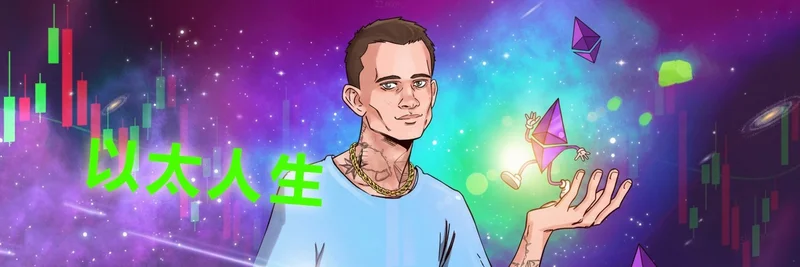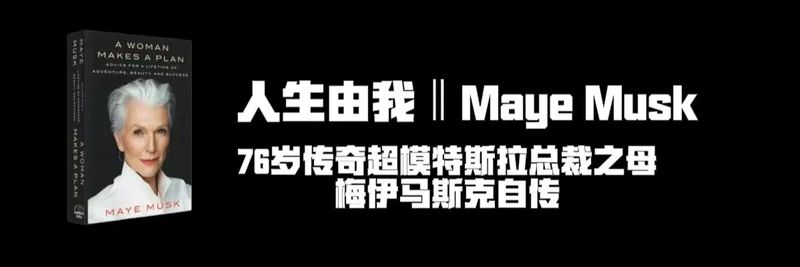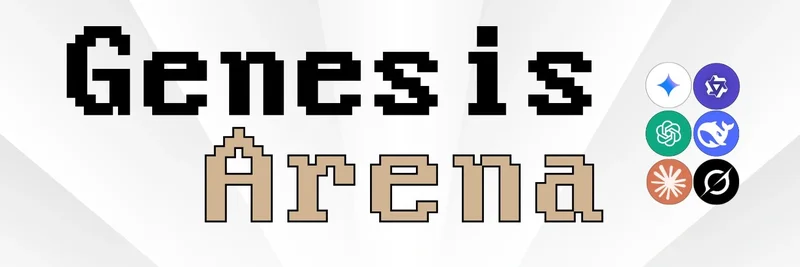In the fast-paced world of crypto, getting your token listed on a major exchange can be a game-changer. But should exchanges charge for that privilege? A recent tweet from BSCNews (view the tweet) has reignited this hot topic, linking to an in-depth article on their site that breaks down both sides of the argument. As someone who's been deep in the crypto trenches, I'll unpack this debate with a special eye on how it impacts meme tokens—those fun, community-driven projects that often start with little more than a viral idea and a passionate following.
What Are Listing Fees, Anyway?
Listing fees are charges or requirements that crypto exchanges impose on projects wanting to get their tokens traded on the platform. These aren't always straight cash payments; they can include token airdrops (free distributions to users), marketing allocations, or even refundable security deposits. The goal? To ensure only serious, high-quality projects make the cut, while covering costs like marketing and liquidity setup. For context, big players like Binance have detailed processes, while others like Coinbase push for a more open approach.
This discussion kicked off when Limitless founder CJ shared contrasting listing proposals from Binance and Coinbase on X, highlighting the stark differences. It quickly snowballed, drawing in heavyweights like former Binance CEO CZ and Uniswap's Hayden Adams.
The Case for Charging Listing Fees
On one hand, listing fees make a lot of sense for exchanges. They act as a filter to keep out scams and low-effort projects, protecting users from rug pulls (when developers abandon a project after hype). Binance, for example, uses refundable deposits to encourage long-term commitment—if a project hits certain milestones, they get their money back. This isn't about pocketing profits; it's about funding user rewards, airdrops, and ecosystem growth.
From a business perspective, exchanges are companies too. Smaller ones might rely on these fees to stay afloat, especially without massive trading volumes. Plus, it pushes projects to up their game: if you're shelling out for a listing, you're more likely to build something valuable. In the end, it's a free market—projects can shop around for the best deal, fostering competition among exchanges.
The Arguments Against Fees
Flip the coin, and you'll see why many cry foul over listing fees. Critics argue they create barriers that shut out innovative, grassroots projects—especially those without deep pockets. Coinbase's Jesse Pollak summed it up nicely: listings should be free to spark creativity. Decentralized exchanges (DEXs) like Uniswap prove this works, letting anyone list a token permissionlessly with just gas fees (tiny transaction costs on the blockchain).
For meme tokens, this is huge. These coins often explode from memes or social trends, not million-dollar budgets. High fees could mean they're stuck on DEXs, missing out on the massive liquidity and exposure centralized exchanges (CEXs) offer. Hayden Adams pointed out how AMMs (automated market makers) shift the focus to real utility over flashy marketing spends. And let's not forget transparency issues—when "deposits" feel like hidden fees, it can erode trust and favor big-money players over community-driven ones.
How This Debate Hits Meme Tokens Hard
Meme tokens thrive on hype, virality, and community engagement, not necessarily on polished whitepapers or venture backing. Think Dogecoin or Shiba Inu—they started small but went stratospheric thanks to accessible listings. But if CEXs demand hefty allocations (sometimes worth millions), it could stifle the next big meme hit. Projects might allocate more tokens to exchanges than to their own holders, diluting value and frustrating the community.
On the bright side, the rise of DEXs and layer-2 solutions (faster, cheaper blockchain layers) gives meme creators alternatives. Platforms like Hyperliquid allow permissionless markets with minimal costs, empowering anyone to launch and trade. Still, a CEX listing can skyrocket visibility—Binance's reach is unmatched. The debate pushes for balance: maybe hybrid models where fees are waived for promising memes, or programs like Coinbase's Blue Carpet, which offers free guidance and tools.
Industry leaders are chiming in too. CZ advised focusing on building value so exchanges come knocking, not the other way around. He even nudged Coinbase to list more BNB Chain projects, leading to them adding BNB to their roadmap. MEXC's Cecilia Hsueh explained their small fees go toward promotion, showing there's no one-size-fits-all.
Looking Ahead: A More Inclusive Crypto Landscape?
This back-and-forth is healthy for crypto. It's prompting exchanges to evolve—Binance's Alpha program spotlights early projects fee-free, while Coinbase rolls out supportive initiatives. As cross-chain tech improves, projects (including memes) will have more options, reducing gatekeeper power.
For meme token enthusiasts and builders, the key takeaway? Prioritize community and utility. Whether fees stick around or not, the best projects will find their way. If you're diving into meme tokens, keep an eye on debates like this—they shape the tools and opportunities available. For more on how meme tokens are shaking up blockchain, check out our knowledge base at Meme Insider.
What do you think—should listings be free, or is a fee fair play? Drop your thoughts in the comments!




